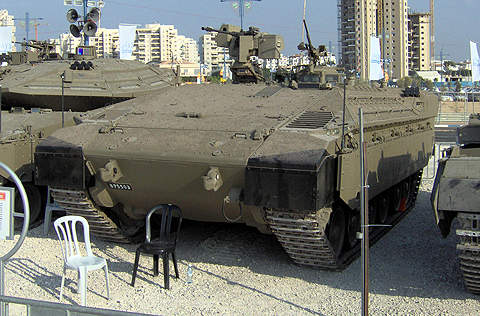Command, Control, Communication, Computer, Intelligence (C4I) systems were developed in order to connect the platforms together, by creating stovepipes of information generation and dissemination. Force structures relied in platform-intensive plans, especially when those plans were addressing the necessities of near-peer combat operations. Soldiers would certainly play an important role in combat, but the firepower that would be available in a near-peer conflict would put them in a difficult position, compared to well-protected, heavy platforms.
Listed below are the key regulatory trends impacting the soldier modernisation theme, as identified by GlobalData.
Common standards
Developing a soldier system kit requires standardisation. If that principle might seem of less importance when it comes to garments, it is crucial for protective equipment, sensors and electronic components. The aim is to resolve issues related to interoperability between allied troops, to mission adaptability, maintenance and life cycle cost and overall operational effectiveness.
Defense industry consolidation
To address the financial issues related to capabilities development and the overall market competition, defense industries are continually undergoing through consolidation phases. Furthermore, the M&A in the defense sector will allow them to offer a wider range of products or make the redesigning of existing ones for use in soldier modernisation an affordable process.
In total, the consolidation phase will streamline the supply chain of the defense market and will improve the positioning of the firms, allowing them to develop economies of scale, eventually supporting the overall economy, in financial and skilled labour terms.
Defense organisations coordination
Defense organisations such as NATO and European Defence Agency (EDA) play an important role in streamlining processes involving force structuring, pooling and sharing, R&D, standardisation and acquisitions. They are able to drive changes through the initiation of processes, provide economies of scales, be the main procuring agency, allocate funds to crucial R&D areas, facilitate pooling and sharing as well as training activities, drive changes in the form of common standardisation based on lessons-learned etc.
In the soldier modernisation domain, such organisations will grant their members access to information on lessons-learned by other partners and improve their force structure, training and procurement of systems.
How well do you really know your competitors?
Access the most comprehensive Company Profiles on the market, powered by GlobalData. Save hours of research. Gain competitive edge.

Thank you!
Your download email will arrive shortly
Not ready to buy yet? Download a free sample
We are confident about the unique quality of our Company Profiles. However, we want you to make the most beneficial decision for your business, so we offer a free sample that you can download by submitting the below form
By GlobalDataDual-use technology and materials
Dual-use technologies or commercial off-the-shelf systems (COTS) play an important role in expediting the development of systems such as those related to soldier modernisation. Considering the developments in electronics, computing, software and hardware, it is preferable for manufacturers to use COTS technology that has been tested and proven.
This is an edited extract from the Soldier Modernization – Thematic Research report produced by GlobalData Thematic Research.










Related Company Profiles
European Defence Agency
NATO
Communication Incorporated
EDA